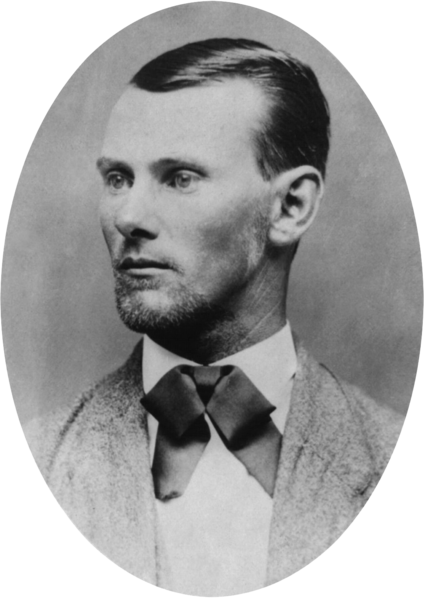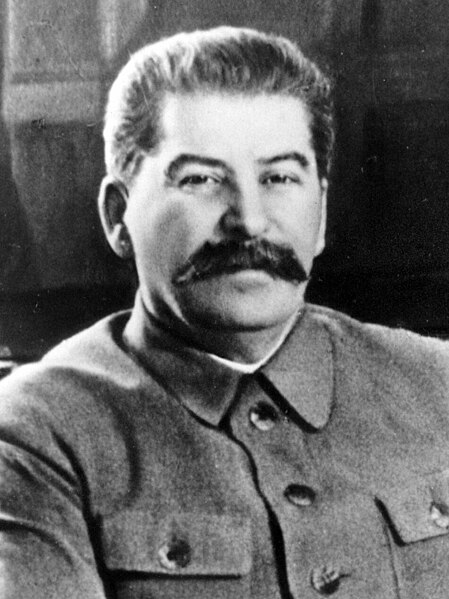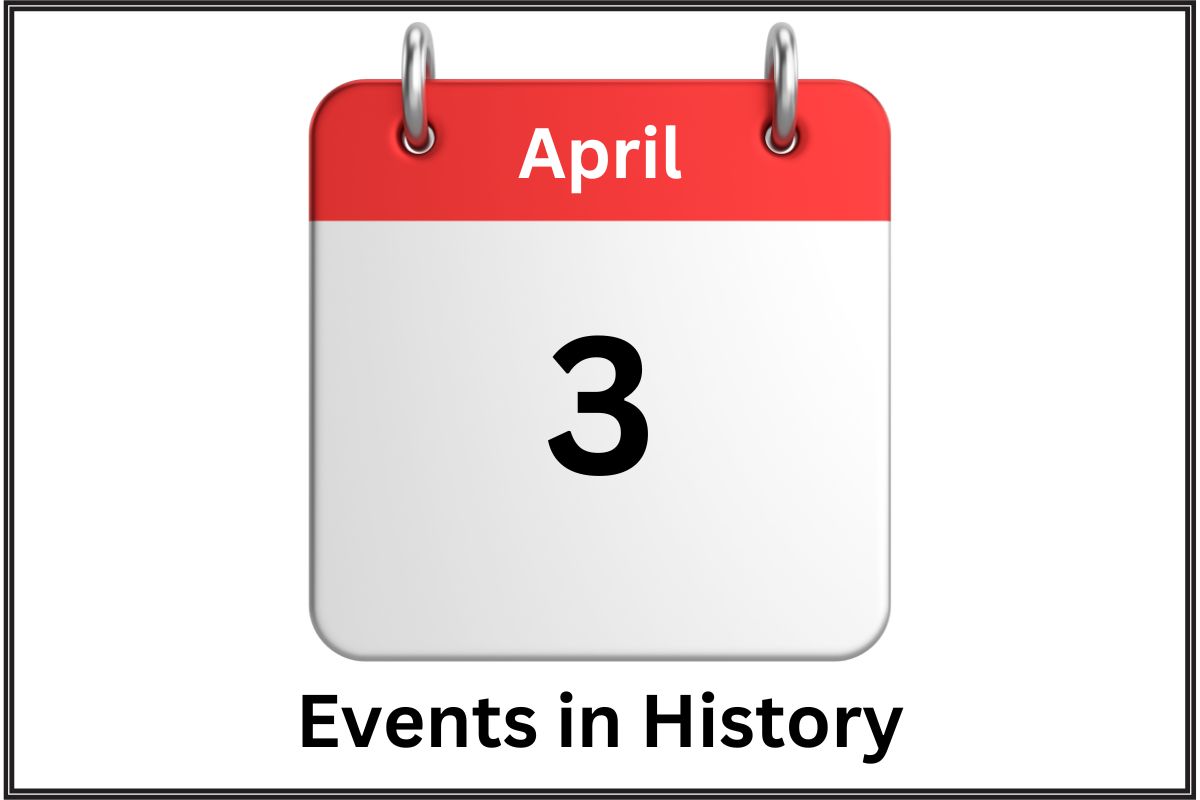This article chronicles key historical events that occurred on April 3rd, showcasing milestones from Edward the Confessor’s coronation in 1043 to a significant incident at YouTube’s headquarters in 2018.
It spans diverse domains such as warfare, technology, legal developments, and pivotal cultural moments, reflecting on their broader implications and enduring legacy. Each event is briefly explored, offering insights into its impact and the role it played in shaping the trajectory of human history.
April 3rd Events in History
1043 – Edward the Confessor is crowned King of England
Edward the Confessor, one of the last Anglo-Saxon kings of England, was crowned on April 3, 1043. His reign was marked by relative peace and stability, except for the last years that were overshadowed by the Norman Conquest.
Also Read: April 2 – On this Day in History
Edward was known for his piety and for building or reconstructing several churches, the most notable of which is Westminster Abbey, where he would eventually be buried. His sainthood was declared a century after his death, largely because of his efforts to build and restore churches and for his unworldly nature.

1559 – Peace of Cateau-Cambrésis treaty is signed, ending the Italian Wars
The Treaty of Cateau-Cambrésis, signed on April 3, 1559, marked the end of the Italian Wars, a protracted conflict involving France, Spain, the Holy Roman Empire, and various Italian states. The treaty resulted in a significant realignment of power in Italy and the beginning of Spanish dominance in the region.
Also Read: April 4th Events in History
France relinquished its claim to most of Italy but retained control over certain territories such as Calais and the Three Bishoprics. This peace agreement is notable for its role in shaping the political landscape of Renaissance Europe.
1860 – The Pony Express begins its first delivery of mail across the American West
The Pony Express was a mail service that began on April 3, 1860, promising faster mail delivery across the United States. It utilized relays of horse-mounted riders to transport mail between St. Joseph, Missouri, and Sacramento, California, covering a distance of approximately 1,800 miles.
Despite its iconic status in American history, the Pony Express was short-lived, operating for only 18 months before being superseded by the telegraph, which offered even faster communication across the country.
1865 – Union forces capture Richmond, Virginia, the capital of the Confederate States of America, during the American Civil War
On April 3, 1865, near the end of the American Civil War, Union forces captured Richmond, Virginia, the capital of the Confederate States of America. This event was one of the final indicators that the Confederacy was nearing its defeat.
The fall of Richmond came after a prolonged siege by Union forces under the command of Ulysses S. Grant. The capture of the Confederate capital was a significant psychological blow to the South and heralded the end of the four-year-long Civil War.
1882 – American outlaw Jesse James is killed by Robert Ford
Jesse James, one of the most notorious American outlaws of the 19th century, was killed on April 3, 1882, by Robert Ford, a member of his own gang. James was shot in the back of the head at his home in St. Joseph, Missouri, where he was living under an assumed name.
He was known for leading the James-Younger gang and committing a series of robberies and murders across the Midwest. His death marked the end of one of the most famous outlaw careers in American history.
Jesse James became a legendary figure in American folklore, often romanticized as a Robin Hood-like character, despite his criminal actions.

1885 – Gottlieb Daimler is granted a German patent for his engine design
On April 3, 1885, Gottlieb Daimler was granted a German patent for a liquid petroleum fuel-injected engine, a key development in the history of automotive engineering. Daimler’s invention was a high-speed internal combustion engine that was light and small enough to be used on a vehicle, paving the way for the development of the modern automobile.
Unlike previous engines that were large and suitable primarily for stationary use, Daimler’s engine opened up possibilities for personal and commercial transportation. His work, alongside that of Carl Benz, is considered foundational in the automobile industry.
1895 – The trial of Oscar Wilde begins in London
The trial of Oscar Wilde, one of the most famous playwrights and authors of the 19th century, began on April 3, 1895. Wilde was charged with “gross indecency” under Section 11 of the Criminal Law Amendment Act 1885, a legal provision used to prosecute homosexual acts in England.
The trials attracted considerable public and media attention, highlighting the clash between Victorian society’s moral values and Wilde’s advocacy for aestheticism and individualism.
Despite a spirited defense, Wilde was eventually convicted and sentenced to two years of hard labor, a punishment that severely affected his health and literary productivity.
1922 – Joseph Stalin becomes the first General Secretary of the Communist Party of the Soviet Union
On April 3, 1922, Joseph Stalin was appointed the first General Secretary of the Communist Party of the Soviet Union. Initially viewed as a relatively minor role, the position allowed Stalin to consolidate power by controlling party appointments.
Over the years, Stalin used his position to outmaneuver rivals within the party, eventually becoming the de facto leader of the Soviet Union. His rule, which lasted until his death in 1953, was marked by widespread repression, the collectivization of agriculture, industrialization efforts, and the establishment of a totalitarian regime.

1933 – The first flight over Mount Everest is completed by Lord Clydesdale
The first flight over Mount Everest, the world’s highest peak, was completed on April 3, 1933, by Lord Clydesdale, leading a team of British aviators. This historic flight was part of the Houston-Mount Everest Flight Expedition, which aimed to conduct aerial surveys and scientific studies of the Himalayan region.
Equipped with specially modified aircraft to handle the extreme altitude, the team successfully flew over Everest, capturing the first-ever aerial photographs of its summit. This achievement was significant not only for its contribution to aviation history but also for advancing our understanding of the Himalayas.
1936 – Bruno Hauptmann is executed for the kidnapping and murder of Charles Lindbergh Jr
Bruno Richard Hauptmann was executed on April 3, 1936, for the kidnapping and murder of Charles Lindbergh Jr., the 20-month-old son of famed aviator Charles Lindbergh and his wife, Anne Morrow Lindbergh. The crime, which occurred in 1932, shocked the nation and came to be known as the “Lindbergh kidnapping.”
Hauptmann was arrested in 1934 after a ransom bill was traced back to him. Despite proclaiming his innocence, he was convicted in what was dubbed “the trial of the century.”
The case led to significant changes in American criminal law and procedures, including the Federal Kidnapping Act, which made transporting a kidnapping victim across state lines a federal crime.
1946 – Japanese Lt. General Masaharu Homma is executed for his role in the Bataan Death March during World War II
On April 3, 1946, Lieutenant General Masaharu Homma, a Japanese army officer, was executed by firing squad in the Philippines. Homma was held responsible for the atrocities of the Bataan Death March, where thousands of Filipino and American prisoners of war suffered brutal conditions and many died during a forced transfer in 1942.
After World War II, Homma was tried by an American military tribunal for war crimes, primarily focusing on his failure to control his troops and prevent the atrocities during the march. His execution was part of the broader Allied efforts to bring Japanese military personnel to justice for their actions during the war.
1948 – President Harry S. Truman signs the Marshall Plan, providing over $12 billion in aid to Europe post-World War II
On April 3, 1948, U.S. President Harry S. Truman signed the Foreign Assistance Act into law, officially starting the European Recovery Program, commonly known as the Marshall Plan.
Named after Secretary of State George C. Marshall, the plan provided over $12 billion in economic assistance to help rebuild Western European economies after the devastation of World War II. It aimed to restore the economic infrastructure of Europe, curb the spread of Communism, and foster political stability and cooperation in Europe.
The Marshall Plan is credited with revitalizing Europe’s economy and establishing the groundwork for the post-war economic boom and the integration of European economies.
1968 – Martin Luther King Jr. delivers his “I’ve Been to the Mountaintop” speech
The day before his assassination, on April 3, 1968, Martin Luther King Jr. delivered one of his most memorable speeches, “I’ve Been to the Mountaintop,” to a crowd at the Mason Temple in Memphis, Tennessee.
In this profoundly prophetic speech, King expressed his solidarity with the sanitation workers’ strike in Memphis and spoke about the broader civil rights movement, emphasizing the importance of nonviolent protest and unity.
He also eerily foreshadowed his own death, expressing hope that the movement would continue without him. King’s speech remains a poignant reminder of his legacy and the ongoing struggle for racial equality.
1973 – The first portable cell phone call is made by Martin Cooper in New York City
On April 3, 1973, Martin Cooper, a Motorola engineer, made the first ever call from a portable handheld cellular phone in New York City. Cooper called Joel Engel, his counterpart at Bell Labs, to announce the successful creation of the device.
This first cell phone, the Motorola DynaTAC, was about the size of a brick and marked the beginning of the mobile telecommunications revolution. The technology would become commercially available to the public a decade later, fundamentally changing the way people communicate and interact globally.
1974 – The World Trade Center in New York City is completed
The World Trade Center in New York City was officially completed on April 3, 1974, with the North Tower (One World Trade Center) reaching its full height of 1,368 feet, making it the tallest building in the world at the time.
The complex, designed by architect Minoru Yamasaki, included the iconic Twin Towers and several other buildings. It symbolized economic strength and global significance but also became a target for terrorism, most notably the bombing in 1993 and the catastrophic attacks on September 11, 2001. The original World Trade Center was a key part of New York’s skyline for nearly three decades.
1981 – The Osborne 1, the first successful portable computer, is unveiled at the West Coast Computer Faire
On April 3, 1981, the Osborne 1 was introduced at the West Coast Computer Faire, marking the entry of portable computing into the consumer market. Created by Adam Osborne, the Osborne 1 is often considered the first successful portable computer, despite its size and weight.
It featured a 5-inch screen, two floppy disk drives, a built-in modem, and ran the CP/M operating system. Priced at $1,795, it included a bundle of software that was worth almost as much as the computer itself, making it an attractive purchase. The Osborne 1’s release heralded the beginning of the laptop computer industry, despite the company’s eventual financial difficulties.
1996 – “Unabomber” Ted Kaczynski is captured at his cabin in Montana
Ted Kaczynski, also known as the “Unabomber,” was arrested on April 3, 1996, at his remote cabin near Lincoln, Montana. Kaczynski, a former mathematics professor, conducted a nationwide bombing campaign over nearly two decades, resulting in three deaths and numerous injuries.
His manifesto, published in major newspapers under his demands, critiqued the industrial-technological system and its impact on human freedom and the environment.
Kaczynski’s arrest brought an end to one of the longest and most complex manhunts in U.S. history, involving the FBI and other federal agencies. He was later convicted and sentenced to life in prison without the possibility of parole.
2000 – The United States vs. Microsoft case: Microsoft is ruled to have violated United States antitrust laws by keeping “an oppressive thumb on the scale of competitive fortune”
On April 3, 2000, a landmark judgment was handed down in the case of United States vs. Microsoft, stating that Microsoft had violated U.S. antitrust laws by maintaining a monopoly and restricting competition.
The case centered around Microsoft’s practices related to its Windows operating system and Internet Explorer browser, accusing the company of using its dominant position to stifle competition and innovation.
This ruling led to a series of legal battles and negotiations, culminating in a settlement that imposed restrictions on Microsoft’s business practices. The case has had lasting implications for antitrust regulation and competition policy in the tech industry.
2010 – Apple Inc. releases the first generation iPad, a revolutionary tablet computer
The first-generation iPad was released by Apple Inc. on April 3, 2010, revolutionizing the tablet computer market. Designed by Apple and led by Steve Jobs, the iPad offered a larger screen than smartphones, making it ideal for reading, browsing the internet, and other multimedia activities, effectively bridging the gap between laptops and smartphones.
Its introduction changed the tech landscape, influencing both consumer behavior and the strategies of technology companies worldwide. The iPad’s success spawned a series of models and competitors, establishing the tablet as a key device category in personal computing.
2018 – The shooting at YouTube headquarters in San Bruno, California, occurs
On April 3, 2018, a shooter opened fire at YouTube’s headquarters in San Bruno, California, injuring several employees before taking her own life. The incident was a rare act of violence in the tech community and prompted discussions about workplace security and the challenges of managing disgruntled content creators or users.
The shooting underscored the potential risks associated with public access to corporate campuses and the importance of security measures in protecting employees. In the aftermath, tech companies, including YouTube, reviewed and increased their security protocols to prevent similar incidents.
